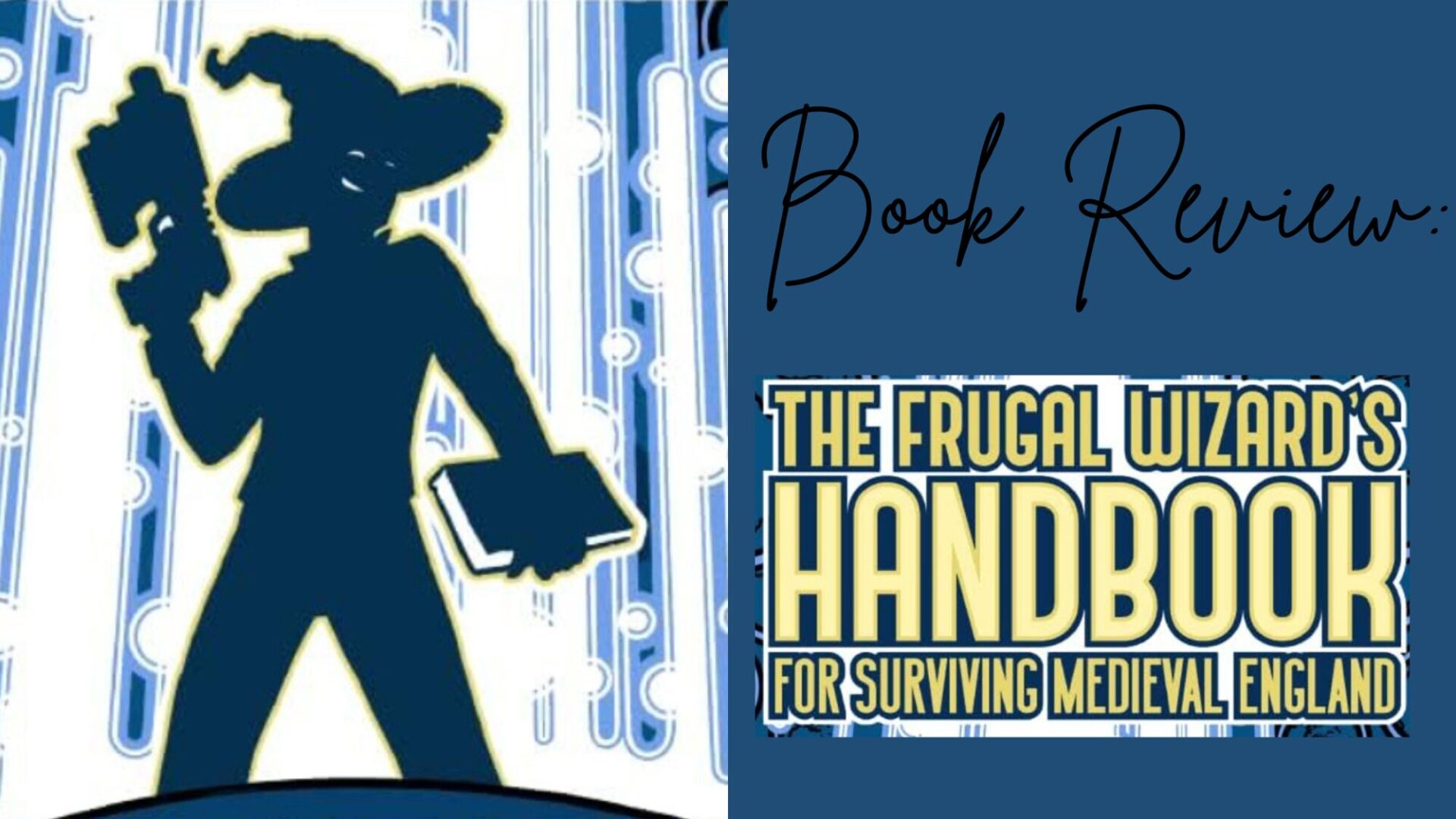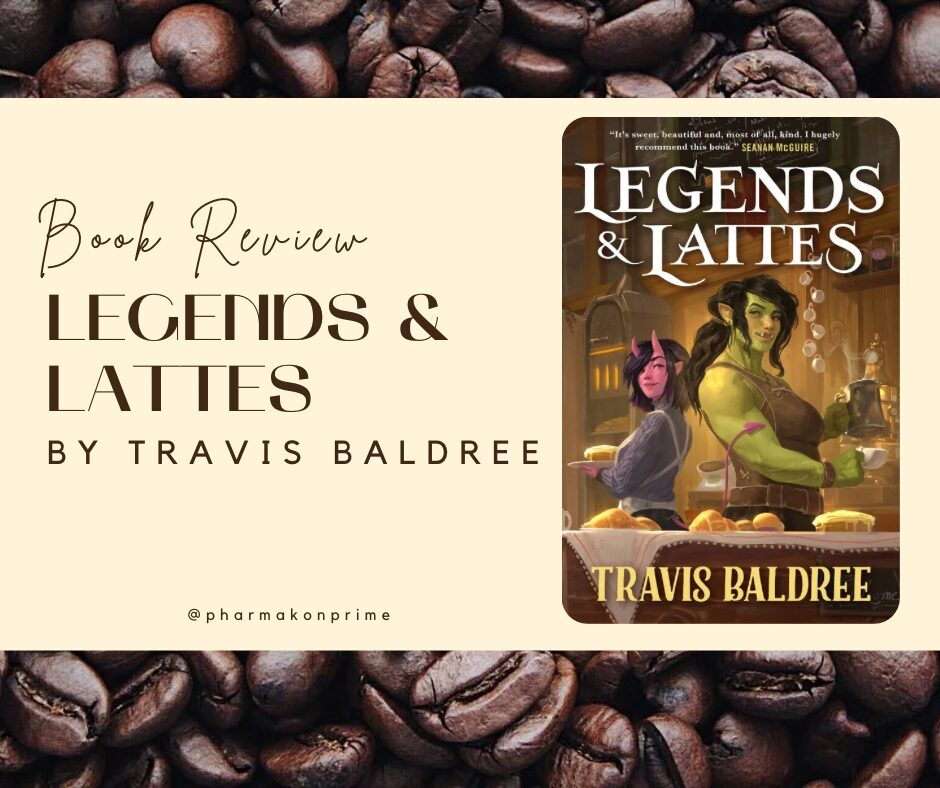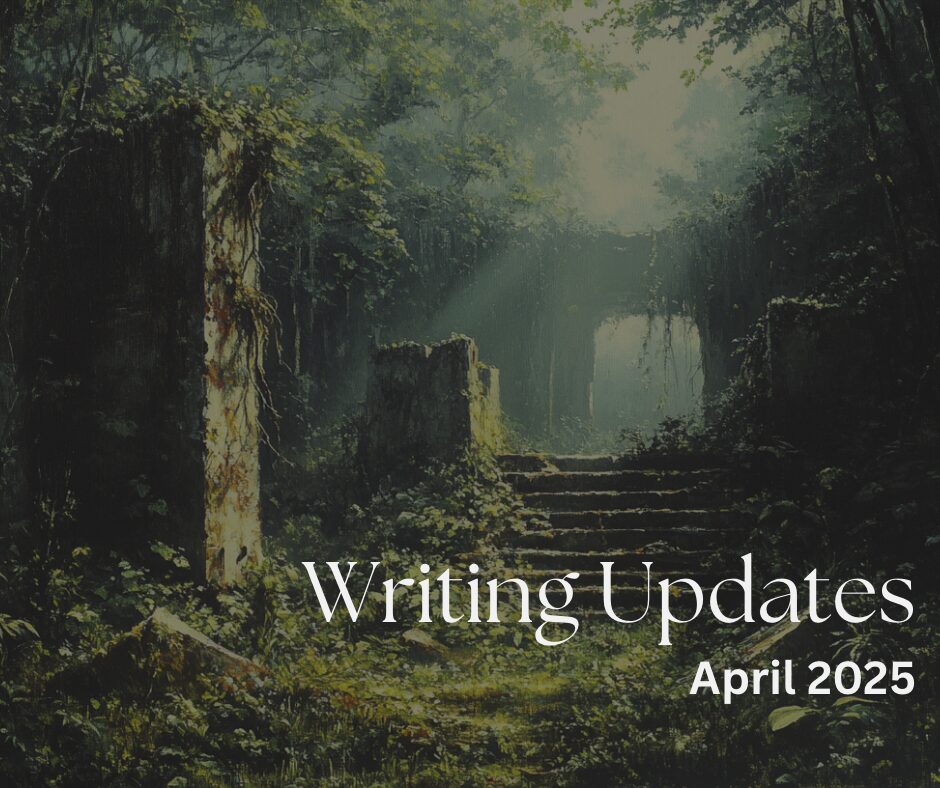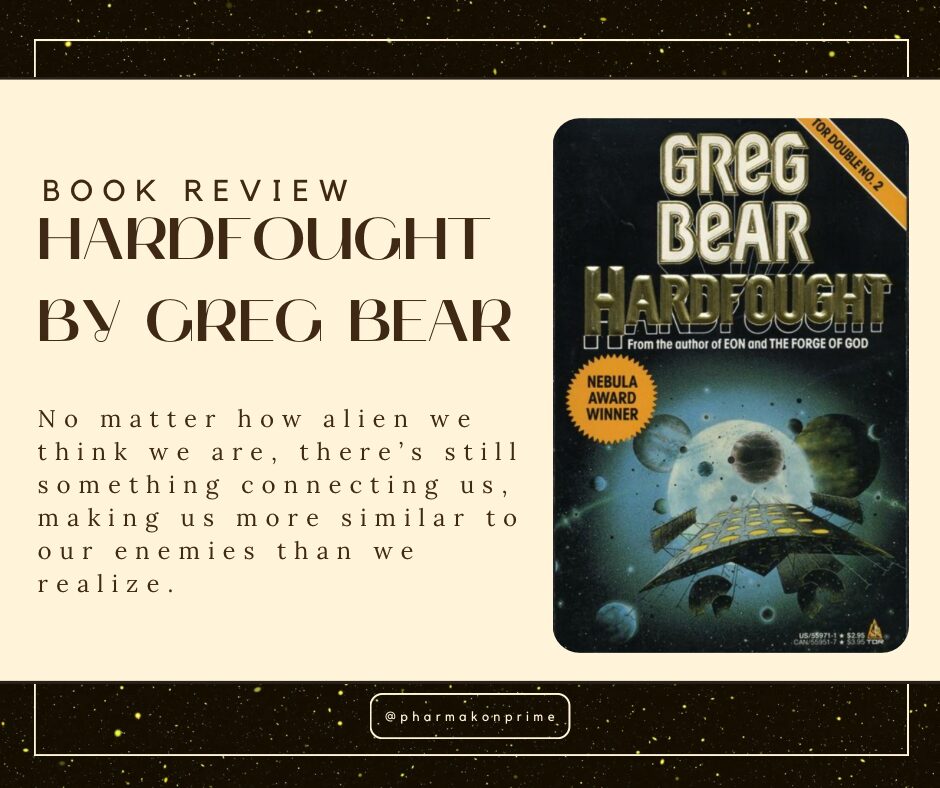The Frugal Wizard’s Handbook for Surviving Medieval England is the second of Brandon Sanderson’s Secret Projects. It’s not part of the Cosmere. Instead, it is a story set in an alternate reality of our Medieval England. It’s an interesting blend of cyberpunk sci-fi and historical fantasy.
Like his other secret novel, Tress and the Emerald Sea, The Frugal Wizard’s Handbook for Surviving Medieval England is one of Brandon Sanderson’s more whimsical books. It’s not as long or densely packed as books like the Stormlight Archive or Mistborn. Since I prefer those kinds of books from Sanderson, this book didn’t quite hit the spot for me. It was good—just not one that I walked away from feeling super excited like I did after reading Words of Radiance, Elantris, or Warbreaker.
Spoiler Alert! Lots of spoilers ahead!
The World
Brandon Sanderson always finds clever ways to explain his premises, and the setup for this world is no different. Being able to “buy” a different reality or dimension to play around in really seems like that’s exactly what would happen given our current over-commercialized world, and the idea that these other dimensions could be used for nefarious means by criminals is also completely plausible. Well, not just plausible but highly likely.

The Magic/Science
This book has aspects of both science and magic intertwined, which I loved. In many of my stories, including my sci-fi adventure story, Torin Keth: Bounty Hunter, I play around with this idea that science and magic are one and the same, and that science is just the stuff we understand more and can manipulate more precisely, whereas magic is more mysterious and not understood.
In The Frugal Wizard’s Handbook for Surviving Medieval England takes a similar approach, using science to travel to other dimensions, but then running into magic and other magical rules that aren’t immediately understood according to their science.
Sanderson also gives his characters cybernetic implants that enhance their abilities, allowing him to still have some of the fun superhuman/magical abilities that many of his other character have in other books, but with a sci-fi explanation. I really appreciate how he makes Runian’s abilities seem amazing in the context of the natives, but then weak compared to the people from his own native dimension because it adds a level of desperation to the final conflict.
The Story and Writing
The most interesting part of this story for me was the unveiling of Runian’s memories of who he is. Some people say that amnesia is an overused trope, but I still enjoy it when it’s done well. I think Sanderson did it really well in this book. Sanderson lays out all of these disparate character traits at the beginning that make no sense out of context, and Runian slowly figures out why he is the way he is. Then, at the end, he decides he doesn’t actually want to be that person. As a vehicle for character growth, I really liked that setup. I’m big on character growth, and love seeing people become better people, so I think perhaps this is why the amnesia trope worked for me.

I also quite enjoyed the references to the Saxons and Norse gods. My own story, The Realm War Chronicles, is set in a world based off of the Nine Realms of Norse mythology, and many of the same gods and places show up in my stories, though somewhat altered as it takes place a thousand years after Ragnarok, the end of the world in Norse mythology. So that was a fun aspect of reading this secret novel for me.
The weakest part of this book for me was in the descriptions. The characters kind of felt like they’d been plopped down on an empty stage with a few cardboard cutouts of scenery around them. I have no qualms with the character descriptions—just the scenery. Just because the villages are relatively simple and the landscape familiar doesn’t mean I don’t want to “see” it. I would have liked their world to be fleshed out a bit more, and for the characters to run into more denizens of this alternate reality to find out what living there was like.
None of this broke the story or anything; it’s more just a stylistic choice that I personally didn’t prefer. I’m willing to sit through more description to feel a little more immersed. Other people might prefer it the way this book was written and be just fine with that level of description.
The Physical Book
I haven’t taken a look at the ebook, so I don’t know if this is true for that version, but the hardcover edition I received in the Secret Novel project is lots of fun to look at. Interspersed throughout the book between certain chapters are pages from the in-book book that the novel is named after, the actual “Frugal Wizard’s Handbook for Surviving Medieval England,” which really add to the worldbuilding by explaining how the different dimensions work.

There were also funny advertisements from the book. In addition to these excerpts, there were pictures from this story as well, of Runian and his new friends running around this alternate England. And lastly, each page has a little cartoon scribbled at the bottom.

If you get a chance to take a look at the physical copy, I highly recommend it. This books is a lot of fun to thumb through to look at all the extra visuals.
Conclusion
The Frugal Wizard’s Handbook for Surviving Medieval England is a fun romp in an alternate type of Sanderson story that I quite enjoyed. If you like history with a twist and sci-fi with a dash of magic, this book might be for you.



